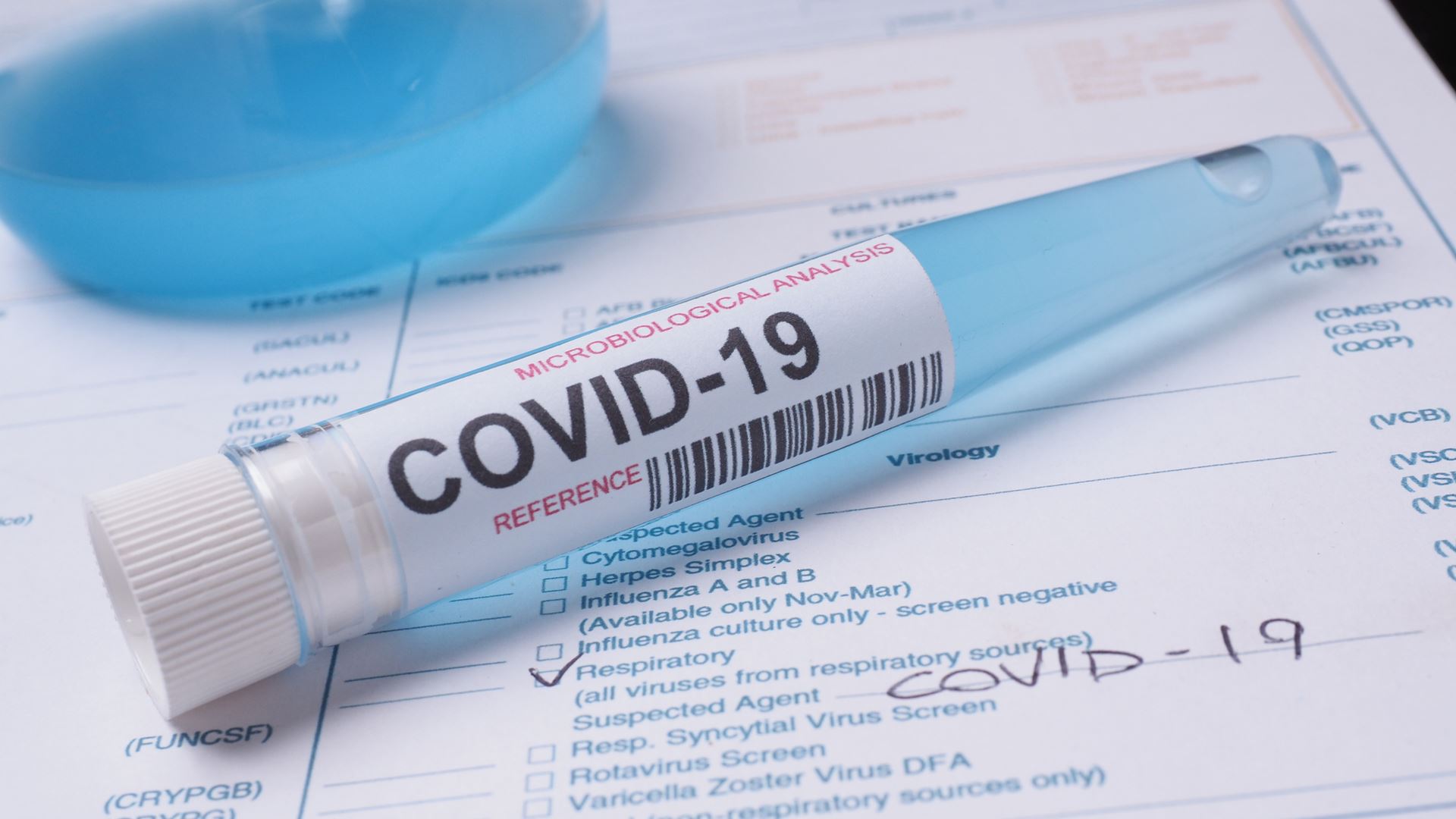Triple Threat: COVID, RSV & Flu
Tips to Keep Your Safe and Healthy
As the fall and winter seasons approach, the risk of contracting respiratory viruses like COVID-19, the flu, and respiratory syncytial virus (RSV) increases. However, there are proactive steps you can take to safeguard your health and that of those around you.
Understanding the Symptoms:
The symptoms of COVID-19, RSV and the flu often mimic each other, making it tough to differentiate.
These symptoms can include:
Fever or chills
Cough
Runny nose
Fatigue
Headache
Shortness of breath or difficulty breathing
Muscle or body aches
Loss of taste and smell (most often associated with Covid)
Assess Your Risk:
Understanding your susceptibility to severe illness is crucial. Consult with your healthcare provider to evaluate your specific risk factors for respiratory viruses.
Those with chronic illnesses, the elderly\, and young children are more susceptible to COVID, RSV, and the flu.
Even though you have been otherwise healthy you are still vulnerable, especially if you have not been vaccinated or boosted.
Testing:
Make sure you and members of your family are able to test, either using at-home or laboratory tests.
Since COVID appeared, at-home tests have helped with diagnosing the virus.
Make sure you treat the test with respect and follow all the directions.
If you are not sure the at-home test is correct, follow up with a laboratory test.
Preventive Measures:
To minimize your chances of infection, follow these guidelines:
Vaccination: Ensure you are up to date with recommended vaccinations and boosters, such as flu shots, RSV or COVID-19 vaccines.
- A new Covid booster will be available soon.
It is recommended that everyone 6 months and older should get the most current booster shot.
It is best to discuss vaccines and who should get this booster with your primary care provider.
The CDC says this will provide the best protection against another serious surge in fall and winter.
The government is no longer paying for these vaccinations.
Most insurance companies and Medicare will pick up the cost.
If you don’t have adequate insurance, contact your local health department or local pharmacies to see what programs are available.
Good Hygiene:
Practice frequent handwashing with soap and water.
Use hand sanitizer with at least 60% alcohol when soap is unavailable.
Cover your mouth and nose with a tissue or your elbow when coughing or sneezing.
Mask Usage: While the effectiveness of masks can vary depending on different viruses, they can help reduce the number of germs you breath in. Masks can also be used to protect others if you are sick.
Social Distancing: Maintain physical distance from individuals who are not part of your household, particularly in enclosed spaces.
Ventilation: Ensure proper ventilation in indoor spaces by opening windows or using air purifiers.
Stay Informed:
Stay updated on the spread of respiratory viruses in your community:
Local Health Agencies: Check information and guidance provided by local health departments and monitor for outbreaks in your community.
CDC website: Visit the CDC website for more information.
By taking these precautions and staying informed, you can reduce the risk of getting sick and protect the health of your community during the colder months.

